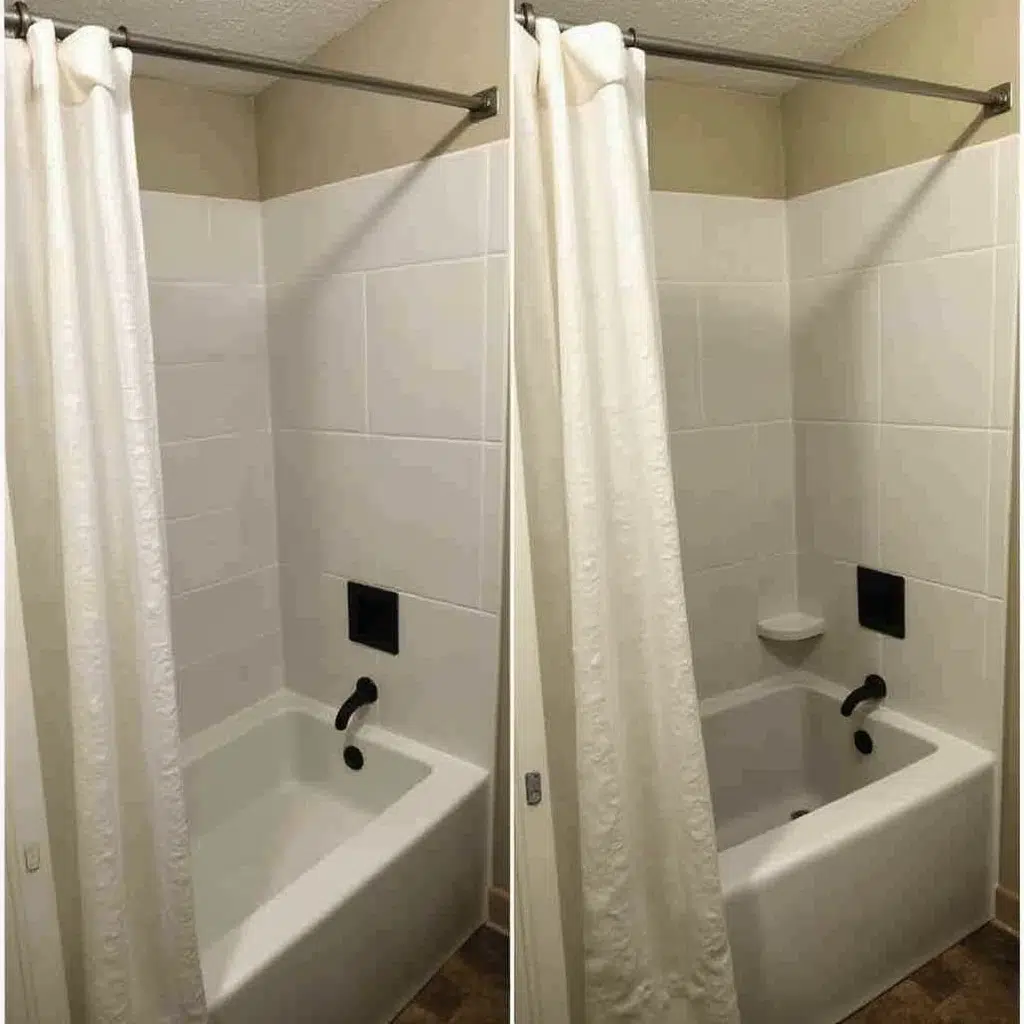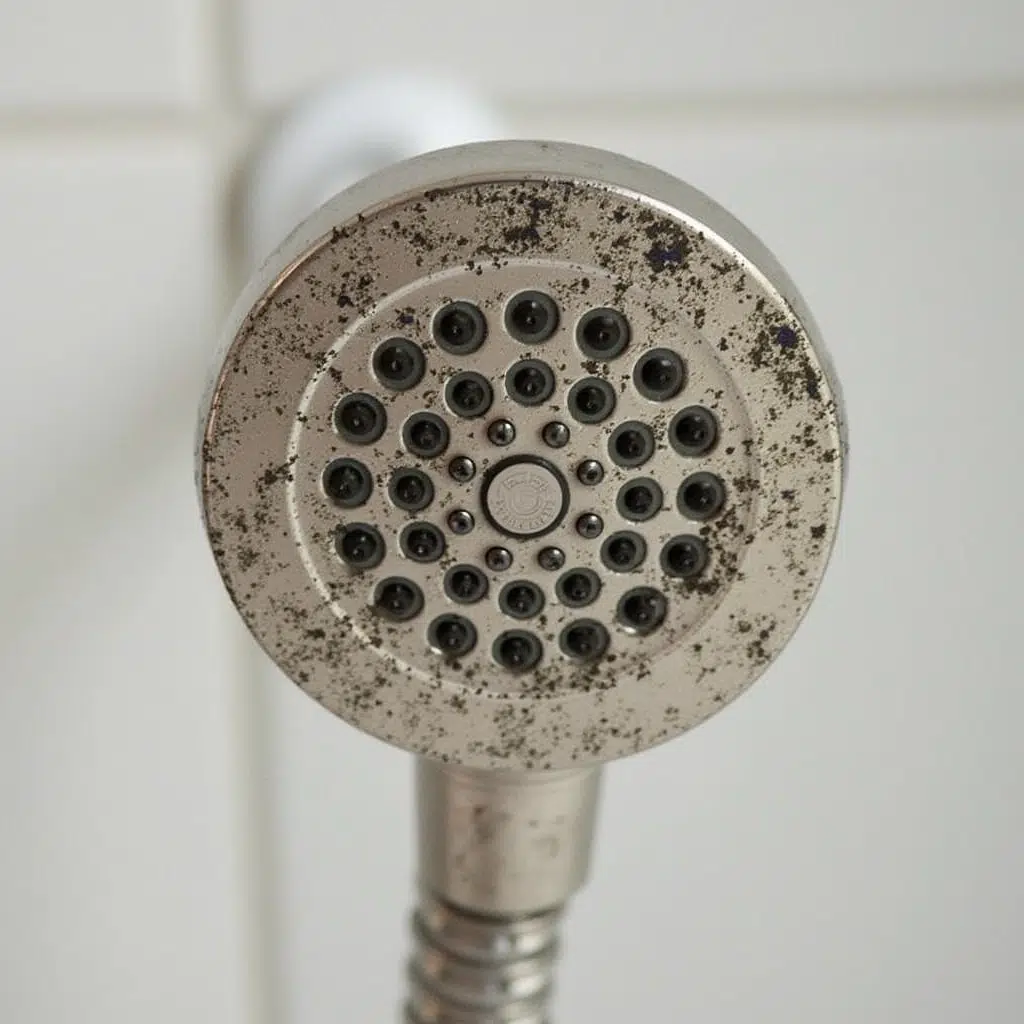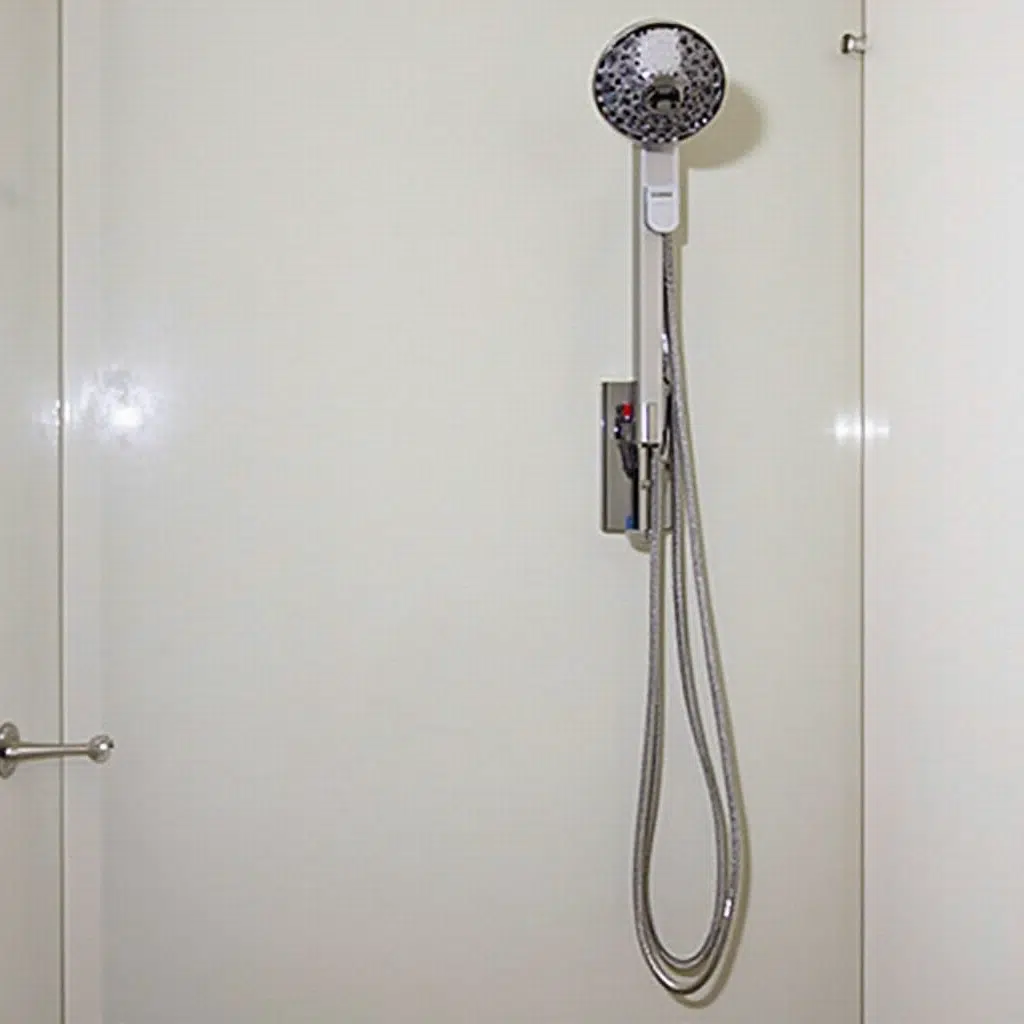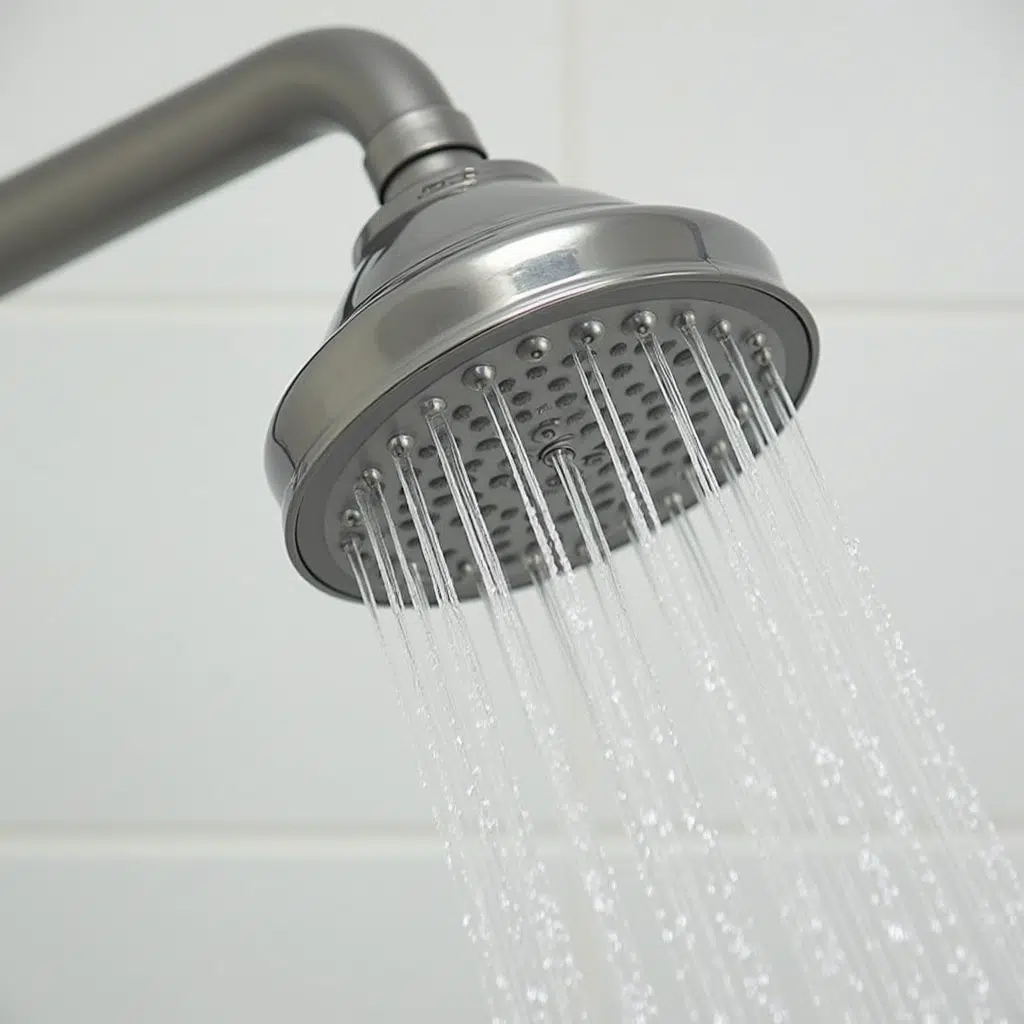Is your morning shower routine hiding an unwelcome guest? If you’ve noticed black spots or substances on your shower head, you’re not alone. This common bathroom issue affects countless households, but few understand what it really means for their health and home. Let’s dive into everything you need to know about that mysterious black stuff on your shower head and how to tackle it effectively.

When you spot black on shower head fixtures, your first reaction might be concern – and rightfully so. That dark substance you’re seeing typically falls into two categories: mineral deposits mixed with mold, or pure black mold growth. Both situations deserve your attention, though for different reasons.
Black mold on shower head fixtures often appears as dark spots or a slimy coating that can range from dark green to black. This growth occurs because shower heads provide the perfect environment for mold to thrive: warmth, moisture, and organic matter from water minerals and skin cells. While it might look harmless, this buildup can affect both your shower’s performance and potentially your health.
A common question among homeowners is: is black mold on shower head dangerous? The answer isn’t a simple yes or no. While the black stuff on shower head fixtures isn’t usually the highly toxic black mold species found in water-damaged buildings, it can still cause issues for some people, particularly those with respiratory sensitivities or weakened immune systems.
When you shower under a moldy shower head, you’re potentially exposing yourself to mold spores that can become airborne in the steam. Some people might experience symptoms like:
Even if you’re not experiencing symptoms, it’s important to address this issue promptly. Beyond health concerns, mold and mineral buildup can clog your shower head’s spray holes, reducing water pressure and affecting your shower’s performance.
Understanding why this growth occurs can help prevent future problems. Your shower head gets exposed to various minerals and organic materials in your water supply. When water sits in the shower head between uses, these materials can accumulate and create an environment where mold thrives. Additionally, the warm, humid bathroom environment provides perfect conditions for mold growth.

Factors that contribute to black stuff accumulating on your shower head include:
If you’re wondering how to get rid of black stuff on shower head fixtures, you’ll be relieved to know that several effective solutions exist. The key is choosing the right method based on your situation and maintaining regular cleaning habits to prevent future buildup.
One of the most effective and natural solutions involves white vinegar. This common household item works wonders because its acidic properties break down both mineral deposits and kill mold. Here’s a detailed approach that professionals recommend:
First, fill a plastic bag with equal parts white vinegar and warm water. Secure this bag around your shower head using a rubber band, ensuring the affected areas are fully submerged. Let it soak for 4–8 hours, or overnight for stubborn buildup. After soaking, remove the bag and run hot water through the shower head for several minutes to flush out loosened debris.

For more stubborn cases, you might need to remove the shower head for a thorough cleaning. Most shower heads can be unscrewed by hand or with a wrench. Once removed, disassemble the parts according to the manufacturer’s instructions and soak them in vinegar solution. Use an old toothbrush to gently scrub away any remaining residue, paying special attention to the water spray holes.
While knowing how to clean black mold on shower head fixtures is important, preventing its return is equally crucial. Implementing these preventive measures can significantly reduce or eliminate future buildup.

Improve ventilation in your bathroom by using an exhaust fan during and after showers. This reduces the humidity that mold needs to grow. After each shower, wipe down the shower head with a dry cloth to remove excess moisture. Consider installing a water softener if you have hard water, as this can reduce mineral buildup significantly.
For ongoing maintenance, perform a quick vinegar soak every month, even if you don’t see visible buildup. This proactive approach keeps your shower head clean and functioning optimally while preventing mold growth before it starts.
While many black shower head issues can be resolved with DIY methods, certain situations warrant professional attention. If you notice persistent mold growth despite regular cleaning, or if your shower head shows signs of damage, it’s time to contact a licensed plumber. They can:
Professional plumbers at 5 Star Plumbing have the expertise to not only solve current problems but also implement preventive measures that keep your bathroom fixtures clean and safe for years to come.
Check your shower head regularly for black growth and take action when you find it. With the right care, you can enjoy clean showers without worrying about what might be in your shower head.
If you found this article helpful, check out this related post for more insights!
Bad Smell Coming From Toilet: 9 Most Common Causes & Solutions
Guidelines for Action to Fix a Leaking Shower Pan
Optimizing Water Softener Performance – 7 Key Maintenance Tips
I bring over 9 years of dedicated plumbing experience to the table. As a seasoned professional in the plumbing industry, I've tackled a wide range of projects, from residential repairs to large-scale commercial installations.
Thanks for this eye-opening article about shower mold! As a homeowner in humid Florida, I’ve battled those black spots for years without realizing the potential health risks. The detailed explanation of how poor ventilation contributes to mold growth was particularly insightful. I’ve already implemented the suggested vinegar-based cleaning solution, and it works better than my old bleach routine. The tips about keeping the shower dry and improving bathroom airflow are practical and effective. This piece definitely changed how I approach bathroom maintenance and my family’s health.